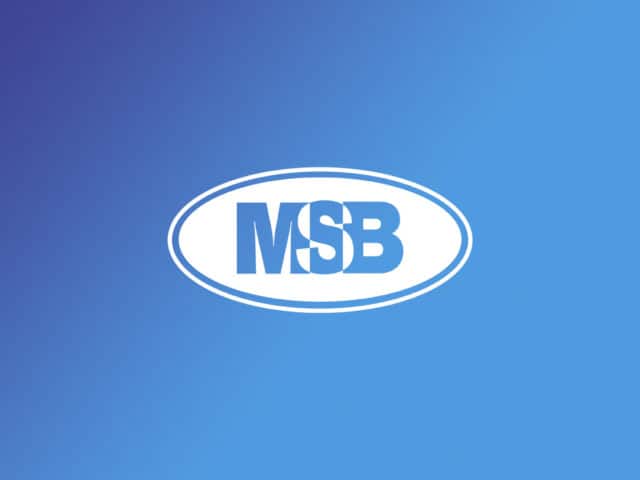chem

SCADA System for Wastewater Treatment Facility
THE CHALLENGE Dock sumps at a petrochemical company process large volumes of liquid oil waste from the dock platform and sanitary waste from operator shelters […]
Read More

Sulfur Stack Continuous Emissions Monitoring System (CEMS)
THE CHALLENGE An existing sulfur dioxide (SO2) analyzer located at grade in an analyzer shelter utilized a conditioned dry sample feed while an O2 analyzer […]
Read More

Industrial Electrical System Optimization through Analysis
THE CHALLENGE A large Oil & Gas storage and transportation company with a major storage location in Texas and various stations along its pipeline needed […]
Read More